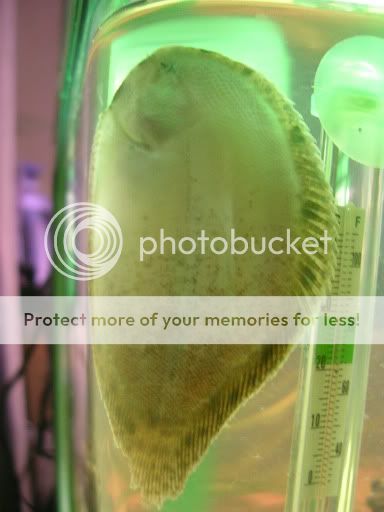Has anyone ever kept these? I got one free today with a new tank (He was being bullied by oscars so I took pity on him, more fool me) and I'm of the understanding these are brackish water fishes?
I'm assuming low SG 1.005?
I'm not sure if I'll keep him yet, There's a chance I'll trade him at a more reputable store.
Any experience with these fish would be greatly appreciated.
I'm assuming low SG 1.005?
I'm not sure if I'll keep him yet, There's a chance I'll trade him at a more reputable store.
Any experience with these fish would be greatly appreciated.





 /www.geocities.co.jp/AnimalPark-Shir.../haramandi.html
/www.geocities.co.jp/AnimalPark-Shir.../haramandi.html